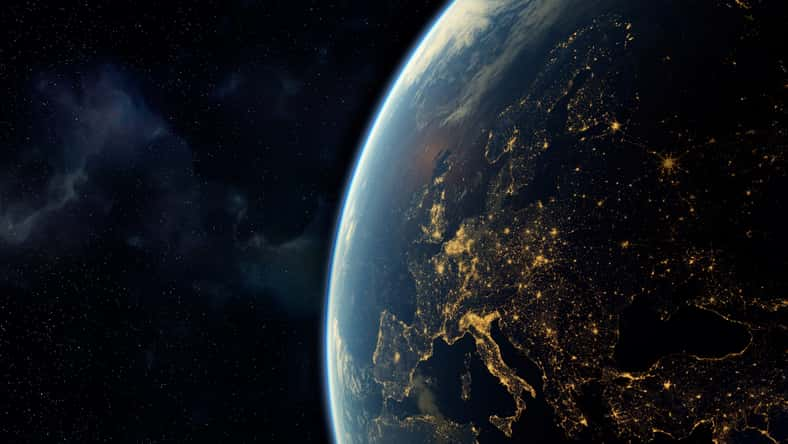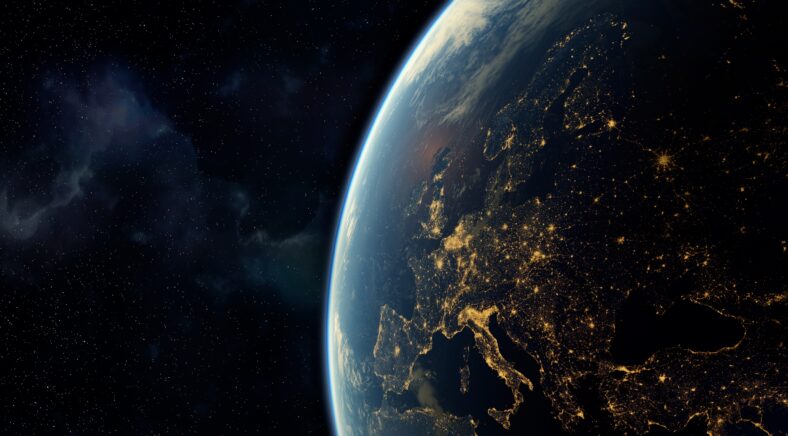A Meteorite Is Challenging Where Earth’s Water Really Came From

Water is essential in order for life to exist, but scientists are still unsure about how it originated on Earth. One theory is that water came to Earth through chance collisions with asteroids and meteoroids in our planet’s early history. They would’ve carried hydrogen, which is necessary for the formation of water molecules.
However, new research suggests that Earth already contained the materials needed to make water. It would’ve had enough of its own hydrogen to eventually produce the amount of water that we have on our planet today.
Researchers in the United Kingdom discovered signs of hydrogen sulfide in a type of meteorite from Antarctica called an enstatite chondrite. Its composition is similar to that of Earth’s around 4.55 billion years ago.
For a long time, scientists thought that meant water had to come from objects in the outer solar system colliding with Earth, but such impacts are unlikely to have occurred because of the geometry of the solar system.
“A fundamental question for planetary scientists is how Earth came to look like it does today. We now think that the material that built our planet—which we can study using these rare meteorites—was far richer in hydrogen than we thought previously,” said James Bryson from the University of Oxford’s Department of Earth Sciences.
“This finding supports the idea that the formation of water on Earth was a natural process, rather than a fluke of hydrated asteroids bombarding our planet after it formed.”
A 2020 study showed that enstatite chondrites contain hydrogen, not water. The hydrogen could’ve reacted with oxygen on Earth to form water. It was unclear what form the hydrogen was in, but it may have been attached to sulfur inside the meteorites.
The researchers used X-ray absorption near-edge spectroscopy to look for signs of hydrogen attached to sulfur inside an enstatite chondrite found in Antarctica in 2012. They found more hydrogen than expected. It was in the form of hydrogen sulfide.
“We were incredibly excited when the analysis told us the sample contained hydrogen sulfide—just not where we expected,” said Tom Barrett, the lead author of the study and a scientist from the University of Oxford’s Department of Earth Sciences.

Sign up for Chip Chick’s newsletter and get stories like this delivered to your inbox.
“Because the likelihood of this hydrogen sulfide originating from terrestrial contamination is very low, this research provides vital evidence to support the theory that water on Earth is native—that it is a natural outcome of what our planet is made of.”
The abundance of hydrogen indicates that Earth could have contained hydrogen since its formation. Rocky planets in the inner solar system might develop with the hydrogen that is required to create water oceans, meaning that habitable conditions could be more likely than previously thought.
Some scientists still aren’t convinced, though. Enstatite chondrites could be contaminated from water already on Earth.
The extra hydrogen may have come from the Antarctic ice and meltwater surrounding the meteorite before its discovery.
The new study was published in the journal Icarus.
More About:News





